2018 Nissan 370Z Review
Many things in our world are short-lived.
Technology evolves quickly, leaving a wake of obsolescence. Fashion is fleeting. High-level athleticism requires unbridled slavery to the craft, only to slip away the instant neglect seeps in. Sports cars are equally ephemeral, a Catch 22 of constant compromise between style, speed, substance, and sales potential.
The public’s penchant for crossovers has pushed the pure sports car further and further into obscurity, but it doesn’t matter because sports cars are the soul of this industry and they’ll live forever, or at least die trying.
A Classic Cliché
FAST FACTS
| Engine: | 3.7L naturally aspirated V6 |
| Output: | 332 hp, 270 lb-ft of torque |
| Transmission: | 6-speed manual |
| US Fuel Economy (MPG): | 18 city, 26 hwy, 21 combined |
| CAN Fuel Economy (L/100 km): | 13.3 city, 9.3 hwy, 11.5 combined |
| US Price: | Starts at $30,875 |
| CAN Price: | Starts at $31,874 |
| : | (All pricing includes destination) |
As Nissan’s venerable sports car approaches its 50th birthday, its principles haven’t changed much: styled as sultry as the devil with wide hips that make you bite your lip, a svelte waist, six cylinders hidden by a long sloping hood, and a cockpit for two with little room for much else.
Still motivating the sex bomb is Nissan’s 3.7-liter V6. Good for 332 horsepower and 270 pound-feet of torque, the fourth-gen motor is properly vintage, foregoing direct injection and forced induction for classic port fuel delivery and natural aspiration. It does feature modern bits like variable cams and valves, which alter intake durations and timing in order to make throttle response more immediate and maximize torque under duress, but what you’ll really care about are the happy mechanical induction songs it will sing you.
The flat torque band picks up steam at 2,500 rpm, peaks at 5,200, and pulls strong until the end, while power flows linearly until falling off a cliff at 7,000 rpm. The motor still speaks with the same purr it has had for 10 years, revs rising smoothly before getting slightly frenzied and useless between peak power and the red end.
Power makes its way to the rear wheels through a standard six-speed manual transmission and higher trim models make use of a limited slip differential. For 2018, row-it-yourself 370s get a new high-performance clutch that was allegedly developed with NISMO. Actuation is lighter than before but it still manages to keep a sharp bite point halfway to the floor making snick-snick-snick speed shifting sublime. Driving in traffic still sucks, though.
ALSO SEE: The Nissan 370Z Could be the Last Z Car
An optional seven-speed automatic with paddle shifters is also available for an extra $1,400 ($1,500 in Canada). The manual features a shorter final drive ratio that is great for leaping off corners and winning the inner-city stoplight Grand Prix, but at highway speeds, it leaves the motor turning over at 3,000 rpm and drinking premium gas rather rapidly.
You won’t find much supervision in the Z either — save for Nissan’s pioneering Synchro Rev-Match technology and the obligatory traction and stability controls. The car leaves you to avoid collisions and monitor its gargantuan blind spots on your own.
The interior is basically the same as it was when it debuted in 2008, so if you thought the monotone use of mixed materials was boring then, well, it still is. Except at night, when the darkness hides its flaws and the orange glow from the instrumentation makes you inexplicably feel like you’re looking for action on Tokyo’s infamous Shuto Expressway.
Higher trim levels get a seven-inch infotainment system that’s just kind of there. The navigation gets you where you’re going and sometimes the Bluetooth will randomly ban your phone from connecting until the next power cycle.
The unsupportive leather and synthetic suede trimmed buckets will get tiring during long stints in the saddle without the presence of adrenaline. Their limited adjustability makes it difficult to find the perfect driving position, which is exacerbated by the car’s tilt-only steering column — it pivots the wheel and instrument cluster north and south but doesn’t telescope. I found myself trying to balance between having my feet too close to the pedals or driving with my arms just slightly too extended, which is maddening.
Godzilla’s Godfather Gave It Grip
The 3,384-pound 370Z is pure chassis and its emphasis on ride and handling over raw engine enthusiasm was a characteristic baked into the FM platform from conception. FM stands for Front-Midship, a byproduct of former 350Z chief engineer Kazutoshi Mizuno’s time spent in charge of NISMO.
In 1995, Mizuno-san took the Skyline GT-R to Le Mans, applying a driver-centered concept he called Flat Ride. The goal was to minimize the driver’s exposure to g-forces in order to reduce physical strain during the long stints required at Le Mans. He widened the R33’s track and shoved the RB26DETT inline-six behind the front axle before moving the fuel tank closer to the car’s middle, optimizing weight distribution and center of gravity.
When Nissan put Mizuno-san in charge of creating a new rear-wheel-drive platform in late 1999, he took his Flat Ride theory with him.
Fast forward to 2008 and the all-new 370Z debuted without Mizuno-san — who had since moved over to lead the GT-R program — but his Flat Ride theory remained a crucial part of the car’s DNA.
The mostly aluminum suspension uses GT-R style double-wishbones up front, a multilink rear end, and the dark arts of camber and caster to keep the tires flat during heavy cornering. The car’s original anti-dive front suspension was redesigned in order to maximize feedback and cure the car of its enthusiasm for understeer and disdain for trail braking. The anti-squat rear suspension geometry was also reworked to give the car more balance under heavy lateral loads and help it rotate under throttle.
Which, I can confirm works.
To keep the 370Z flat without the original suspension solutions, it was given a significantly stiffened body structure to ensure compliance without profoundly aggressive dampening. The front has a triangulated strut brace, while the rear uses a girthy tower strut bar and a W-brace. Its wider front and rear tracks mitigate lateral loads better, while the shorter wheelbase helps it dance into corners.
Tires are also a huge reason the 16-year-old platform can pull nearly a full-g of lateral grip. Uplevel cars keep in touch with the tarmac using a staggered set of Bridgestone Potenza S007s (245 front and 275 rear) that are wrapped around a set of RAYS forged 19-inch wheels.
Cool Story, So, What?
One word, rotation.
The Z’s variably weighted electric steering directs the nose with harrowing precision, making the car eager to tip in with nonchalant flicks of the wrists. The chassis is welcoming, poised, and responsive. The front-end darts for apexes and yanks the rear around before the V6’s friendly torque band allows you to guide the car through exit using your right foot.
The Z is an experience in purity, shunning modern aids and technology for an old-school chassis-first approach that gets the most out of Nissan’s naturally aspirated V6 architecture. The frenzied mechanical sounds may be pumped into the cabin, but that doesn’t mean it’s any less capable of cajoling you into cachinnation, especially when you get it screaming above 6,000 rpm.
Despite all the noise and that meaty midrange, the V6 can feel almost breathless at higher rpm in high gears, but that only really becomes annoying if you plan to track the car or regularly flaunt the law. Thankfully the suspension does its best to not beat you up despite its sporty provenance, whereas it’s actually the seats that are your biggest enemy when it comes to comfort. The only way to escape them is to opt for the top-shelf 370Z NISMO and its standard Recaro buckets.
The Verdict: 2018 Nissan 370Z Review
Playing in the under-$50K sports car sphere is tough. The 370Z doesn’t offer trick track technology like the thoroughly modern Camaro and it can’t match the Mustang’s posh interior and powerful 5.0-liter V8, let alone counter the grand touring capabilities of something like the BMW 4 Series. But the Z isn’t bought by people who want pony cars or soulless German metal, it’s bought by people who want a Zed.
These are people who are willing to pay the price of purity for a chance to live out their wildest Wangan fantasies and don’t mind a trunk overburdened by backpacks, an overall lack of technology, deadly blind spots, or a cabin that was created when the global economy was busy trying to choke itself to death.
The Nissan 370Z isn’t a sensible or logical vehicle, it’s an emotional one that’s proud to live in its own world of irrationality. If you find yourself nodding along in agreement, then go out and get one because purity never lasts and the Z doesn’t look long for this world.
Discuss this article on our Nissan Forum
LOVE IT
- Talkative steering
- Power is approachable and useable
- Lack of safety features
LEAVE IT
- Unsupportive seats
- Afterthought infotainment
- Cupholders are useless
More by Michael Accardi




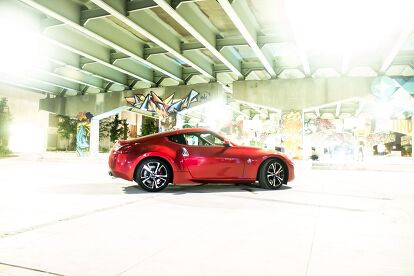















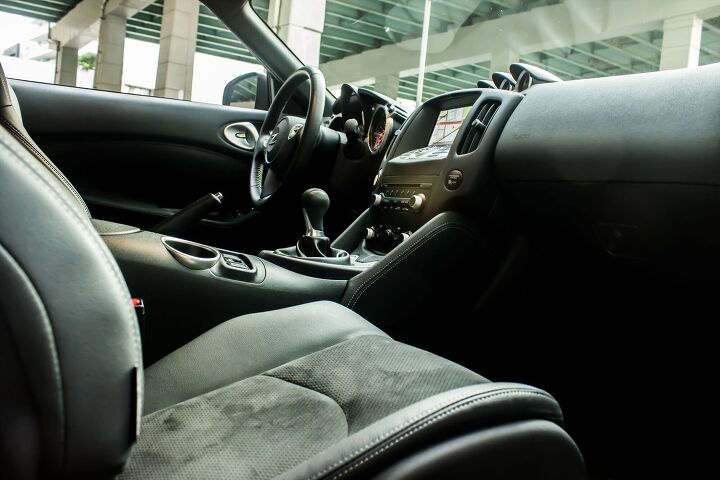


















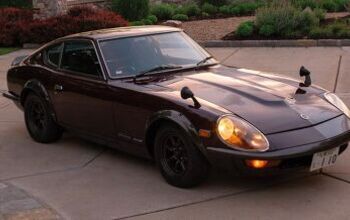
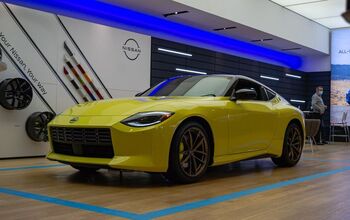
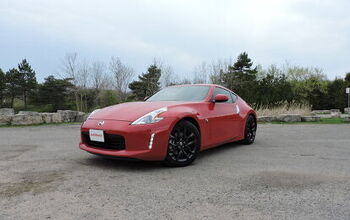
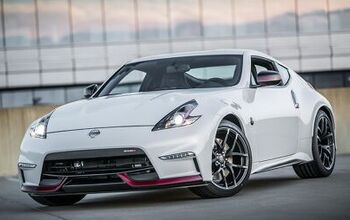




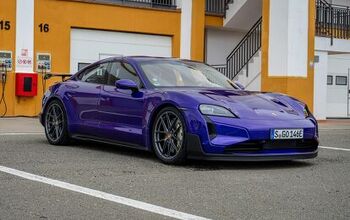
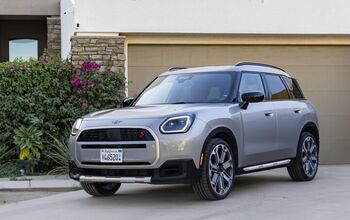

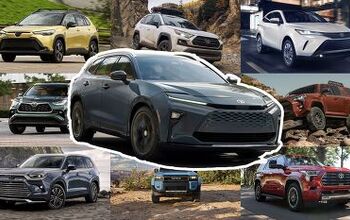
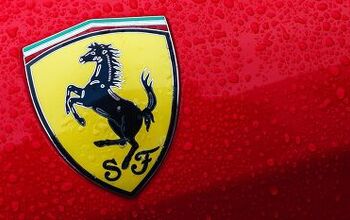
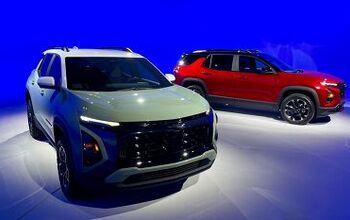

Comments
Join the conversation
Thanks very much for writing this article. I totally agree with your opinion. I bought a 2018 370z with the sport package this summer. It is such as a great sports that I enjoy it a lot.
My second car went from a 350z to Mini Cooper S, to a 350z to a Mini Cooper S, to a 370z to Mini Cooper S and back to my current 2017 370z Touring. I love this car so much just like it is!